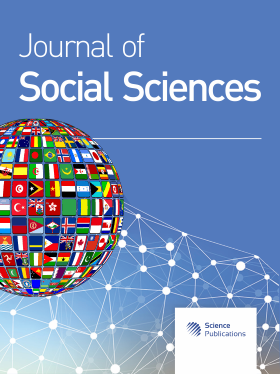Developing a Paradigm for Describing Diversity and Multiculturalism in Modern America
Abstract
Problem statement: There exists misconceptions about the roles and characteristics of diversity and multiculturalism is American Society. The definitions and interrelationships are skewed as there continue to exist unanswered questions about to what extent the society is multicultural. Approach: The objective is to illustrated and discussed a theoretical construct where it will be possible to define, examine and test specific variables that define cultural neighborhoods. A group of Defining Intracultural Traits (DITS) creates a clear picture of how diversity and multiculturalism remain distinct entities within the United State societies. The DITS variables include: Language, Food, Religion/Ideology, and Comfort with Customs Results: Models is introduced which show the force field relationships between cultural entities. This paradigm illustrates the opposing fields which prevent the free sharing of culture on anything but a superficial level. This position prevents anything but a casual sharing of cultures within public settings such as the workplace, schools and sports events. Conclusion: American society does not exhibit many of the characteristics of assimilation and cultural integration which is often touted. American culture continues to be neighborhood bound. Future study is indicated in an effort to test whether the paradigm is a valid tool for representing cultural inter-relationships in the United States.
DOI: https://doi.org/10.3844/jssp.2010.55.59

- 4,545 Views
- 3,087 Downloads
- 1 Citations
Download
Keywords
- cultural neighborhoods
- assimilation
- force fields
- diversity
- multiculturalism
